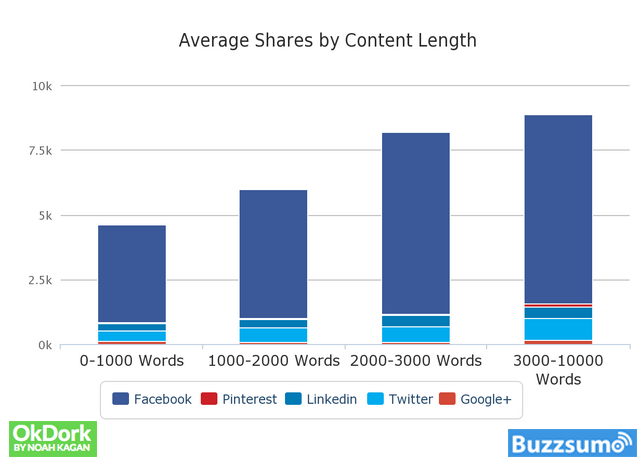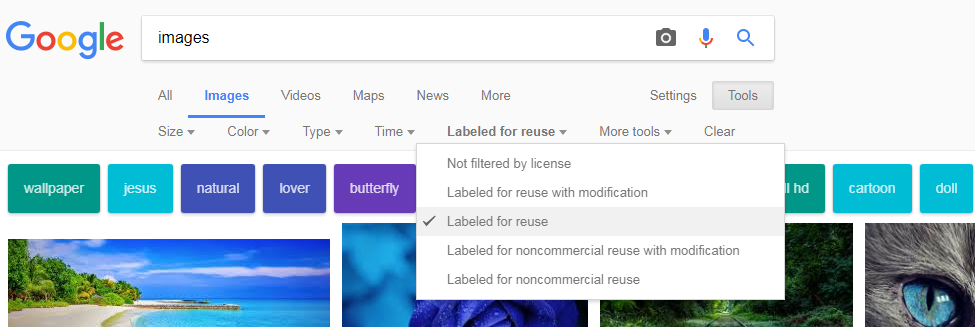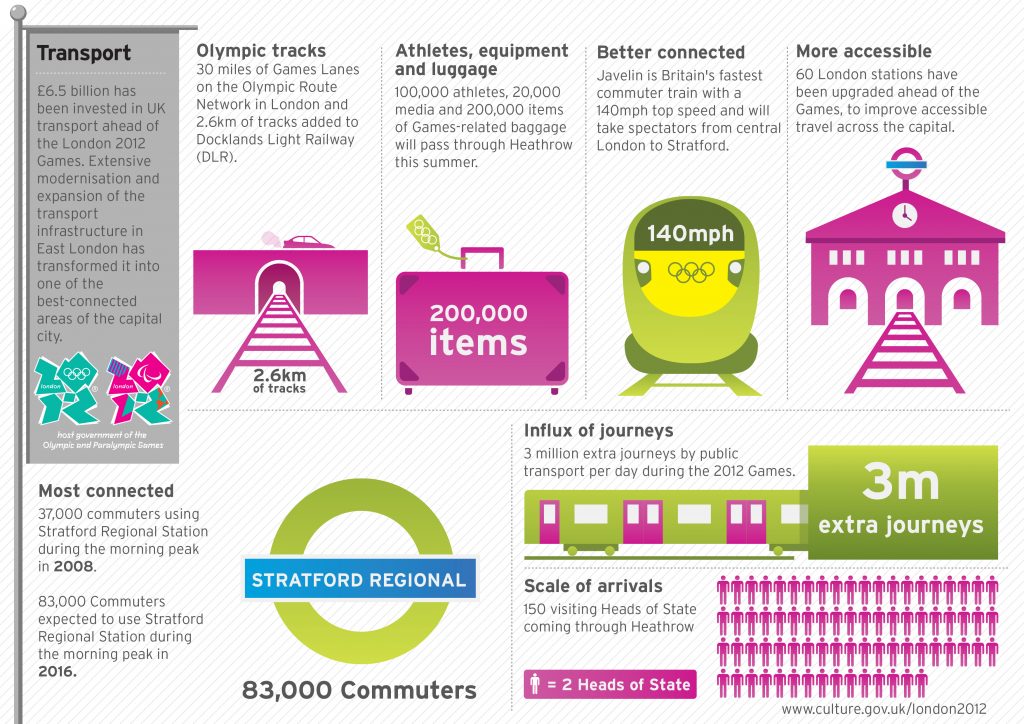We previously wrote up a post on the Case Against Static Websites For Non-Profit Organisations, where we discussed why your NFP website should always have updated and fresh content.
One of the cornerstones of this content comes from writing regular articles.
In light of this, we gathered the top 10 tips that will you get your articles read and shared.
For example, one research blog post analysed over 100 million articles to find the best ways to get your post shared. We will delve into the results of this research and discuss what the key takeaways were as well.
After all, wouldn’t you like to know the best ways to get your articles read and shared by your potential donors?
1. Have your most engaging content at the beginning – readership drops off most between 0 – 150 words
Research by Ogilvy and Mather (one of the top advertising firms in the world) found that readership drops off mostly between 0 – 150 words. However, after this point people tend to read on to the end of the article.
At 500+ words, readership hardly drops off at all. People who have read up to this point are very likely to read all the way to the end.
This means that your best content (or hook) should be at the beginning. The primary goal of your first few sentences should only have one purpose: get the person to read the next sentence.
You can achieve this by first understanding what kind of information the reader is hungry for. Once you know this, use a mix of curiosity and “shock” factor to gain their attention.
If we take this post for example, we assume you are interested in learning how to get your articles read and shared. This is why we have added a small hook at the beginning of this post, promising to tell you about the results of the 100 million article research blog post. In order to find out these results, you have to read on (or at least skim through).
Specific numbers like “100 million articles” adds some shock value as well as an attention-grabbing “wow-factor.” Using specifics like this can help you get retain your readers’ attention.
Stories are another great way to grab attention and keep your users reading. If you’d like to learn more about story telling and narrative arcs, we recommend reading this post – scroll to Subhead #2. “Appeal to emotions by using stories.”
2. Long form content is more likely to be shared than short form content (analysed from 100 million articles)
First of all, long form content refers to articles that are 1,000+ words long and short form refers to content that is less than 1,000 words (not an exact science but a general guideline).
Now you might think that people have short attention spans and so short articles are more likely to be read and shared.
However, Buzzsumo researched 100 million articles and found that the most-shared articles were more than 3,000 words long. This indicates that long form tends to be better than short form content.
One thing we’d like to add is that while longer articles correlate with more shares, this does not imply causation.
Just because you write more words, does not mean that your article will get shared more often – your content still needs to be interesting and relevant (avoid fluff).
However, if you are able to write longer content that is interesting, this naturally leads to the reader getting more value out of reading your article. Thus they are more likely to share it with their friends.
Graph from Buzzsumo / Noah Kagan
Long form content also increases the time spent on your website, which is a positive indicator for Google SEO.
For these reasons, we recommend you write long-form content that is packed with value for your readers (but avoid fluff).
3. Use short, easy-to-read sentences – or your readers will “drop off”
Thanks to Buzzsumo’s research, we know that long form tends to do better than short form.
However, if your sentences are long and difficult to read, you’ll find that most people will give up trying to read your article.
A good way to check readability is via the free Hemingway Editor.
It’s an online text editor that analyses the readability of your article (just copy and paste it in). It also gives you recommendations to help improve readability.
As a general rule, avoid using difficult words and long sentences / paragraphs. Doing this will make it easier for your users to read and eventually share your article.
4. Avoid reverse-type design – it strains the eyes
The image above shows an example of reverse-type design. It is when light text is used against a dark background.
You should avoid reverse-type because it strains the eyes, making it difficult to read.
Instead, we recommend using black text against a white background (this is the easiest to read). Only use reverse-type to bring attention to specific points and avoid using it for longer content.
5. Use Subheads to retain flagging interest
Subheads are a good way to break up a long article into short, manageable segments.
Don’t be afraid to use longer subheads – as long as it is interesting and gives an idea of what the reader can expect.
You can also include questions or sentences that evoke curiosity in your reader.
6. Use proof elements to strengthen your points
It’s good practice to link to external sources (where possible) as this provides support for your claims.
A proof element is anything that backs up any statements you make.
So for example, in the second point about long form vs. short form content, we linked to Buzzsumo’s research article.
It’s also good SEO practice to have outbound links (external links to other websites), but it’s even better to have inbound links (external websites linking back to yours), as Google views this favourably.
Having lots of high quality websites link back to yours is a signal that your articles are providing value and people are attributing this value to you.
This is why having good inbound links improves your Google search rankings.
7. Include images to break up long walls of text
This is another readability point as longer form content can look like a wall of text.
To combat this, use relevant images break up text and make it easier to read.
There are many ways to get free images online. Here is a short list of websites that provide free stock images:
- https://www.pexels.com/
- https://pixabay.com/
- https://unsplash.com/
- https://stocksnap.io/
- Google Images (make sure to click on “Tools” > “Labelled for Reuse”)
8. Use lists and infographics
Going back to the Buzzsumo research article, they found that lists and infographics tend to get the most shares.
For example, lists, how-to and “why” articles often do well – here’s some ideas you could use for your own NFP Blogs:
- Top 10 reasons why you should donate to X cause
- How to claim your donation tax refunds
- Why poverty is still a major issue in Australia
Buzzsumo also found that lists that had 10 items (e.g. Top 10 lists) got the most shares.
They also discovered that infographics received the most amount of shares on social media – most likely because it helps consume information easily.
Here’s an example of an infographic:
Unless you have a team member or volunteer who is proficient in graphic design, making an infographic may require a professional graphic artist.
You can also try out apps like Canva that are click-and-drag infographic makers.
9. If you have evergreen content, re-promote it once a while to maximise the value of your posts
Evergreen content refers to articles that are not time-sensitive and will always remain valuable.
For example, a post about getting tax refunds with donations may not be evergreen content as tax laws can change.
However, an article about the Top 10 reasons why people should donate to your cause may be “evergreen” because the principles remain the same, regardless of when it is read.
If you have written some evergreen content, it’s a good idea to re-promote it once every few weeks or months. This is because your website will have new visitors coming in every day who not have seen some of the older, but still valuable posts.
You can re-promote these evergreen articles via email (e.g. Mailchimp) or on social media, like Facebook, Twitter and so forth to newer visitors.
*Bonus Tip* Make sure to refer readers back to older posts (when relevant) in your newer articles – this is another way to re-promote old, but valuable content.
10. Post regularly and consistently
Lastly, one of the most important takeaways from this post is to publish articles regularly and consistently.
Even if you find that your articles aren’t being read as often as you’d like, we still recommend posting regularly.
This is because content has a compounding effect. The more articles you have on your website, the more chances you have of a visitor coming across one of these pages – either on social media or on Google.
If possible, posting at least 1 valuable article a week is a good benchmark to aim for.
In Conclusion
To wrap things up, here’s a quick summary of how you can get your articles read and shared online:
- Have your most engaging content at the beginning
- Write long-form content (1,000+ words), but avoid fluff. Make sure each sentence is valuable and interesting to the reader.
- Use short, easy-to-read sentences. The Hemingway App is a useful tool to achieve this.
- Avoid reverse-type design. Use black text on white background.
- Use interesting Subheads to break up your article into logical segments.
- Use proof elements to backup any statements or claims
- Include images to break up long walls of texts
- Use lists and infographics – these get shared the most
- Re-promote evergreen content
- Post regularly and consistently – aim for at least 1 valuable post a week (if possible).
We hope you found this post useful – if you need any assistance with getting a blog set up or with any of the above points, please don’t hesitate to get in touch with us.






